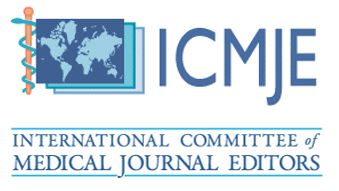Fibrous Dysplasia: Clinicopathological Behavior and Its Management
Ajay Pillai1, Neha Jain2*, Ashutoshdutt Pathak3, Sabhrant Singh4, Honey Shukla5 and Nitin Kumar Mishra6
1 Professor and Head, Department of Oral and Maxillofacial Surgery, People Dental Academy, Bhopal, India.
2 Professor, Department of Oral and Maxillofacial Surgery, People College of Dental Sciences and Research Center, Bhopal, India.
3 Professor, Department of Oral and Maxillofacial Surgery, People College of dental Science and Research Center, Bhopal, India.
4 Reader, Department of Oral and Maxillofacial Surgery, People College of dental Science and Research Center, Bhopal, India.
5 Reader, Department of Oral and Maxillofacial Surgery, Modern Dental College and Research Center, Indore, India.
6 Post graduate Student, Department of Oral and Maxillofacial Surgery, People Dental Academy, Bhopal, India.
*Corresponding Author: Dr. Neha Jain , Room No 101, Dept of Oral & Maxillofacial Surgery, People’s Dental Academy, Bhopal, India.
DOI: https://doi.org/10.58624/SVOADE.2024.05.0185
Received: July 19, 2024 Published: August 13, 2024
Abstract
Fibrous dysplasia (FD) is a rare disorder of bone in which normal bone is replaced by abnormal fibro-osseous tissue. It more commonly involves the long bones, craniofacial bones, ribs, and pelvis. The involvement of single bone is called as monostotic type of FD and if multiple bones are involved it is called polyostotic type of FD. Its occurrence is predominantly observed in teenagers, and it usually becomes static after adulthood. The incidence of monostotic FD (MFD) is four times more than that of polyostotic FD (PFD). The posterior region of the jaw bone is more prone and rarely crosses the midline. The malignant potential is 0.5% for cases that remain untreated. Here, we present a case of MFD involving the posterior region of the right side of the mandible in a 37-year-old female patient. The clinical diagnostic approach, different imaging modalities, and histological examination methods for definitive diagnosis have been elaborated. During the regular follow-up, the MFD lesion showed no obvious signs of progression or malignancy features.
Keywords: Fibrous dysplasia, Monostotic fibrous dysplasia, Osteoblast, Osteoclast, Woven bone
Citation: Pillai A, Jain N, Pathak A, Singh S, Shukla H, Mishra NK. Fibrous Dysplasia: Clinicopathological Behavior and Its Management. SVOA Dentistry 2024, 5:4, 154-157. doi:10.58624/SVOADE.2024.05.0185











